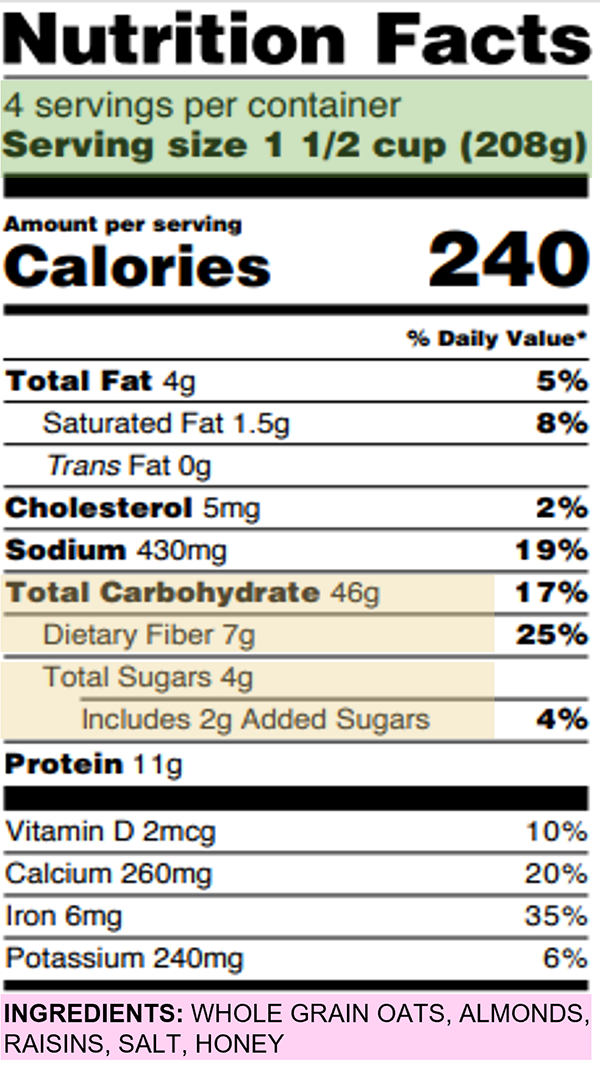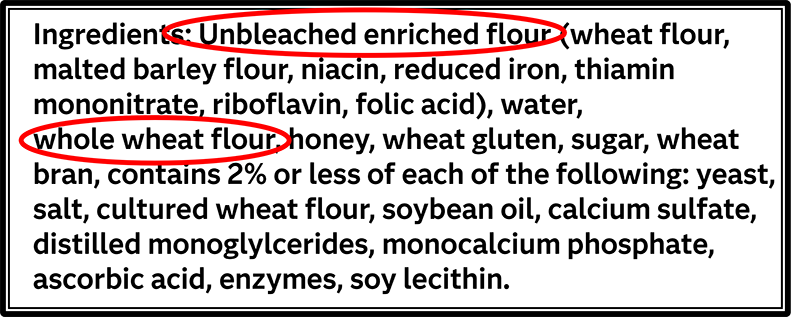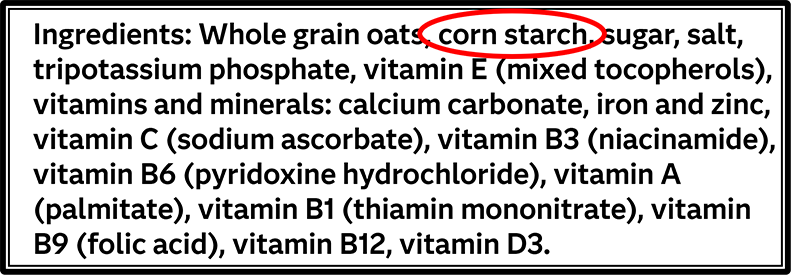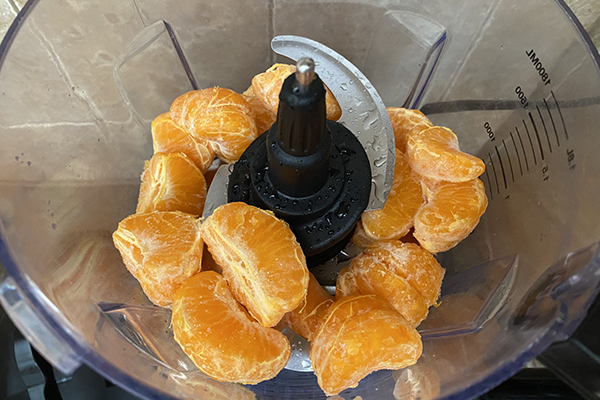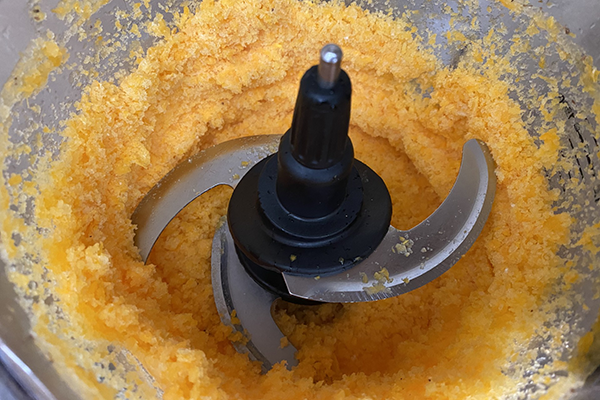Carbohydrates are important for energy, balancing our gut microbiome and regulating the flow of food and waste through our digestive tracts. And let’s be real, lots of high carbohydrate foods taste great!
Most people know that eating foods that are minimally processed and closest to how nature made them is best, but due to convenience and cravings, ultra-processed foods account for about 50% of many Americans' food/beverage intake. Most people aren’t up for giving up packaged food altogether, but choosing options with less added sugar and refined carbohydrates, and more fiber, can be a significant step toward improving your health through nutrition.
Sharpen your skills at decoding carbohydrates on nutrition facts label. #saslife Click To TweetRead on to discover what to look for when it comes to carbohydrates on U.S. nutrition facts panels and ingredients lists.
Reading the Nutrition Facts Label
Step 1: Check the serving size before looking at the rest of the nutrition facts.
- The nutrition facts are based on one serving.
- Compare the amount you plan to eat/drink to the listed serving size.
- If you consume 2 servings, multiply the carbs, sugar, etc. by 2 to determine your actual intake.
Step 2: Decode the carbohydrates.
- Total Carbohydrate = Dietary Fiber + Total Sugars + Starch
- Dietary Fiber can help us feel full, level out blood sugar spikes and drops, and help with digestion. Look for products with more fiber, and read more about fiber here.
- Total Sugars include both natural and added sugar.
- Added sugar is put in processed foods from external sources. Limit added sugar. If there is less than 0.5 g of added sugar per serving, this will be rounded down to 0, so check the ingredients list to see if there is any hidden added sugar in the product.
- Total Sugars minus Added Sugars = Natural Sugars (not listed on nutrition facts). Natural sugars are found as part of the food in nature. Natural sugars are the reason a ripened fruit is sweet.
- Starch
- Starch is not listed separately on the Nutrition Facts label.
- To calculate the amount of starch in a food product, subtract Dietary Fiber and Total Sugars from Total Carbohydrate.
- Starch is easily digested and can quickly break down into sugar and cause changes in the body the same way sugar does.
The Nutrition Facts label only tells part of the story. Carbohydrates that have been extracted from foods and then used in packaged food products don’t necessarily behave the same way in the body as those that are naturally part of a food. Some foods (e.g., potatoes, beans, whole grains) naturally contain a lot of starch, but when eaten whole they take longer to chew, digest and release sugar than food products that contain starch in the form of flour or powder. Wheat berries, for example, will not have the same impact on the body as white pasta made from wheat flour.
Step 3: Look at the Ingredients List.
- Look for lists that don’t remind you of chemistry class. You should be able to buy most of the ingredients individually in a grocery store.
- Be wary of long ingredients lists.
- Ingredients are listed in order by weight, with those used in the greatest amounts listed first.
- Limit food products with sweeteners and flours at the beginning of the list.
- Be cautious about products with multiple types of sweeteners and flours listed.
Identify Sugars, Other Sweeteners and Refined Carbohydrates
Look here for more info on how to spot sugars.
What about other types of sweeteners? Though no-calorie sweeteners don’t add sugar, they still stimulate your sweet taste receptors and potentially throw off hunger/satiety/energy storage hormones in your body. Don’t stop reading the ingredients list when you find the first sweetener. . Many products have multiple sources of sweetness added to them. There are 4 sweeteners in the ingredients list below from a premade protein shake. Monk fruit juice concentrate and stevia are natural no-calorie sweeteners, and sucralose and acesulfame potassium are artificial sweeteners.
How about sources of starch? Flour and starch are ingredients to look out for when trying to limit refined carbohydrates. Refined grains have the fiber and nutrient-rich bran and germ stripped from them, so prioritize whole grains. “Whole wheat” or “whole grain” flour is preferred to other types of grain flour such as enriched wheat flour and 100% wheat flour which are actually refined white flour. You can learn more about the Whole Grain stamp you may find on the front of a package here.
This honey wheat bread contains more refined flour (unbleached enriched flour) than whole wheat flour.
Although the cereal below features some whole grains, it is also high in corn starch, not to mention added sugar.
Next time you are grocery shopping, use the information above to find hidden sweeteners and refined carbohydrates. Then make informed decisions about which to purchase and how much of these products you want to consume from day-to-day. Over time, work on replacing some processed foods with simple whole-food based meals and snacks.
Clementine Sorbet
Makes 2 servings
Recipe adapted from Avery's Kitchen Dance
PRINT RECIPE
This refreshing sorbet hits the spot on a hot summer day.
Ingredients
4 large clementines
¼ - ½ cup full fat milk of choice (I used canned coconut milk.)
1 tsp vanilla extract (optional)
1 tsp honey or maple syrup (optional, tastes great without it too!)
Directions
1. Peel and separate clementine/tangerine into half or quarters. (Individual segments are not necessary.) Freeze for at least a few hours, preferably overnight.
2. Remove segments from freezer and add to food processor.
3. Begin to pulse for a few minutes to break up and blend. The texture will be dry at first but keep blending and it will continue to get creamier as you blend and scrape down the sides.
4. Add the remaining ingredients and continue to blend and until the sorbet is smooth.
5. Immediately scoop sorbet into bowls.
Note: This sorbet must be enjoyed immediately and is not able to be saved in the freezer for later. It will harden and be very difficult to eat.
